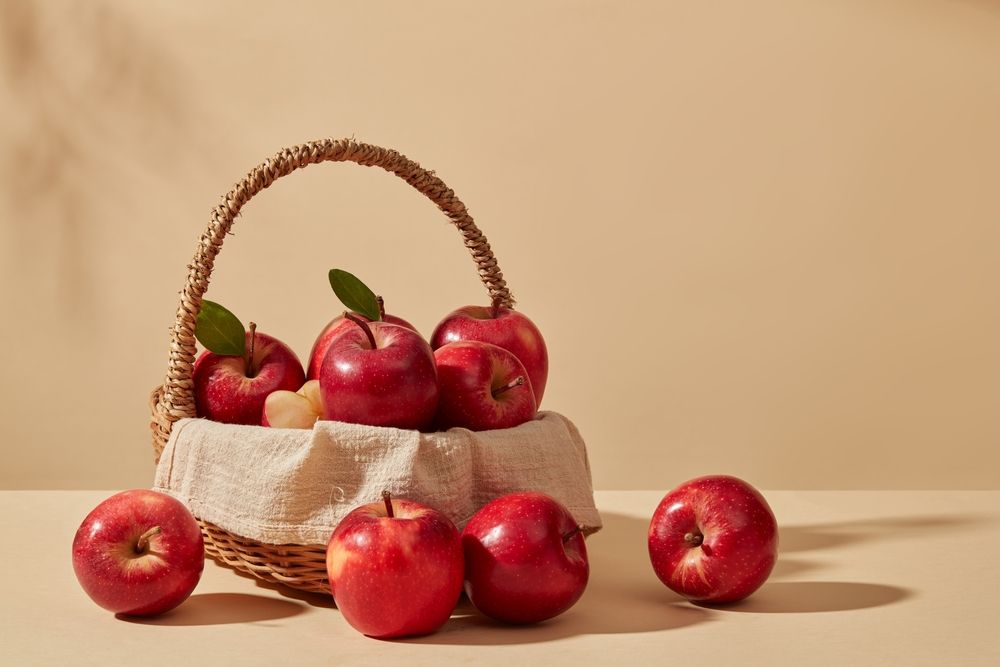
For hundreds of thousands of years, humans have been cultivating and enjoying apples. While some ancient varieties have been lost over time, researchers and farmers continue to develop new breeds to meet the rising demand for this sweet, crisp, low-calorie fruit that boasts numerous health benefits.
Today, grocery stores and farmers' markets are overflowing with a wide range of apple varieties. From the large, sweet Honeycrisp to the tart and firm Granny Smith, apples differ greatly in appearance, texture, and flavor. As a result, some are perfect for snacking, while others are ideal for baking or making applesauce.
I sampled 15 of the most popular apple varieties grown in the U.S. to guide you toward the best picks of the season. Here’s how they ranked:
Red Delicious
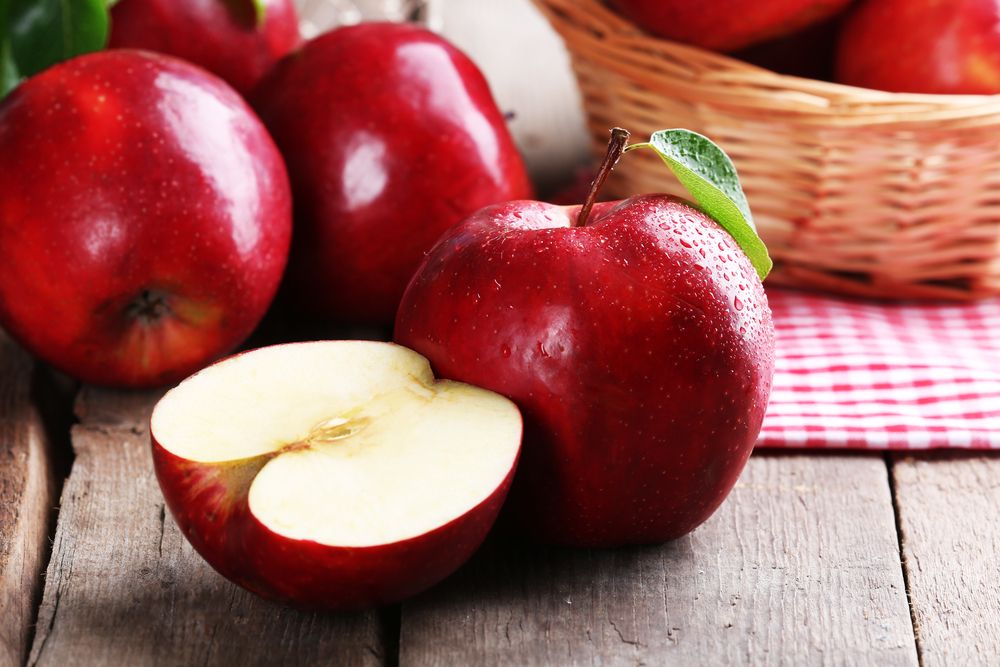
This well-known apple variety is easy to spot, but while it's available year-round, it's not exactly celebrated for its flavor or texture.
The look: Red Delicious apples have a tall, tapered shape. Their deep red, glossy skin is eye-catching, but beneath the shiny surface, the flesh tends to be soft and prone to bruising.
The taste: This Red Delicious apple was disappointingly bland with a mealy texture. The softness gives it a stale quality, almost as if it’s been stored for far too long.
Granny Smith

Granny Smith is one of the few green apples I tried, and it's a reliable classic that’s readily available year-round.
The look: This apple sports a vibrant, almost neon-green hue. It's round and plump, with a hint of yellow in its flesh.
The taste: Granny Smith is sharply tart and refreshing, with a grassy, acidic flavor that sets it apart from the sweeter red varieties. The texture was softer than many of the others I sampled.
Gingergold
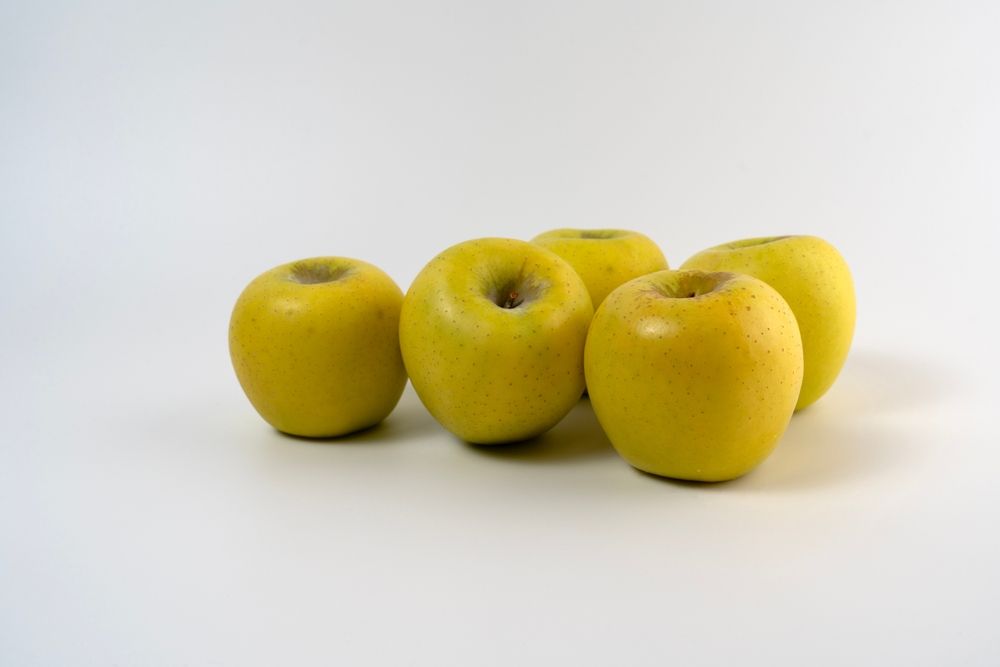
I hate to criticize another green apple, but Gingergold didn’t impress me much.
The look: This apple has chartreuse-colored skin with darker green speckles. The skin is smooth and matte, while the interior has a subtle green tint.
The taste: There’s not much to say about the flavor—there wasn’t much of one. It was watery and bland, though the texture was pleasantly crisp and crunchy.
Jonagold
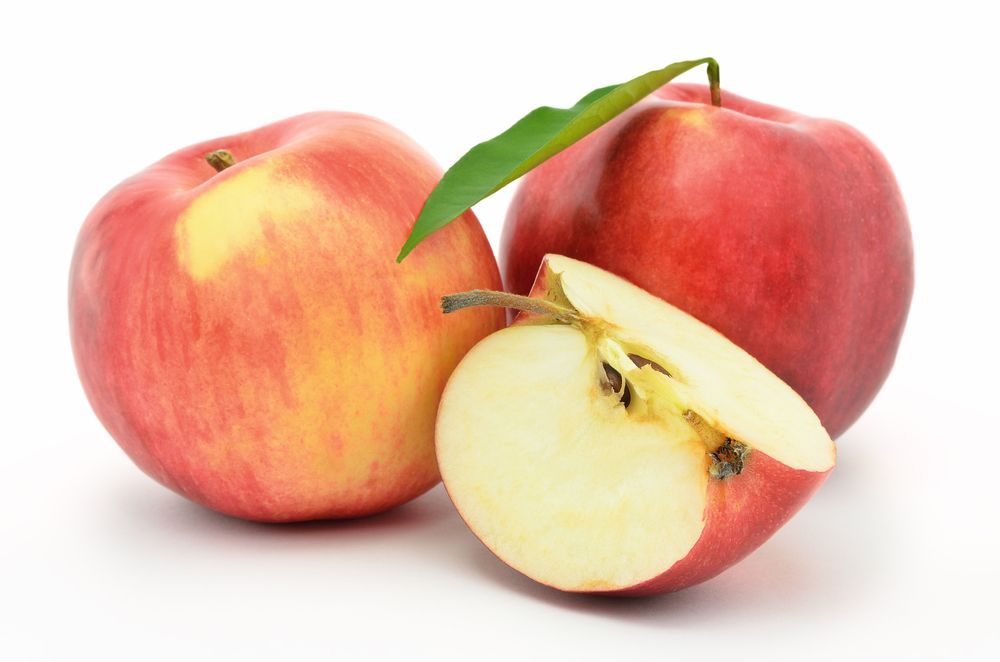
Jonagolds are a hybrid of Golden Delicious and Jonathan apples.
The look: These apples are mostly red with hints of gold peeking through. They have a slim, tapered shape, similar to a Red Delicious, with a more matte finish to their skin.
The taste: The Golden Delicious influence was strong in the Jonagold, which isn’t my preferred flavor. It tasted bland and slightly mealy.
Envy
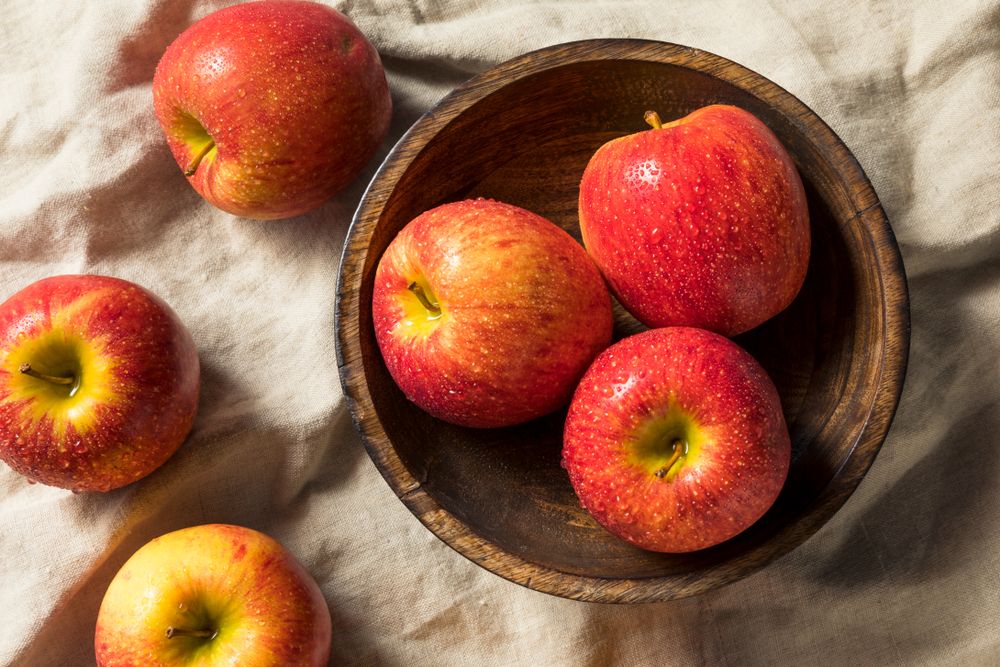
The Envy apple is a cross between Braeburn and Royal Gala apples. While it's grown worldwide, including in New Zealand, most Envy apples in the U.S. come from Washington State.
The look: This apple is tall, with a narrow, tapered base and broad, wide shoulders. Its skin is heavily striped and speckled, predominantly bright red with touches of orange, rusty brown, and a yellow-green hue around the stem.
The taste: The Envy has a flavor reminiscent of Red Delicious, with an earthy, almost musty note. Its softer texture makes it less suitable for baking, especially in pies.
Pink Lady
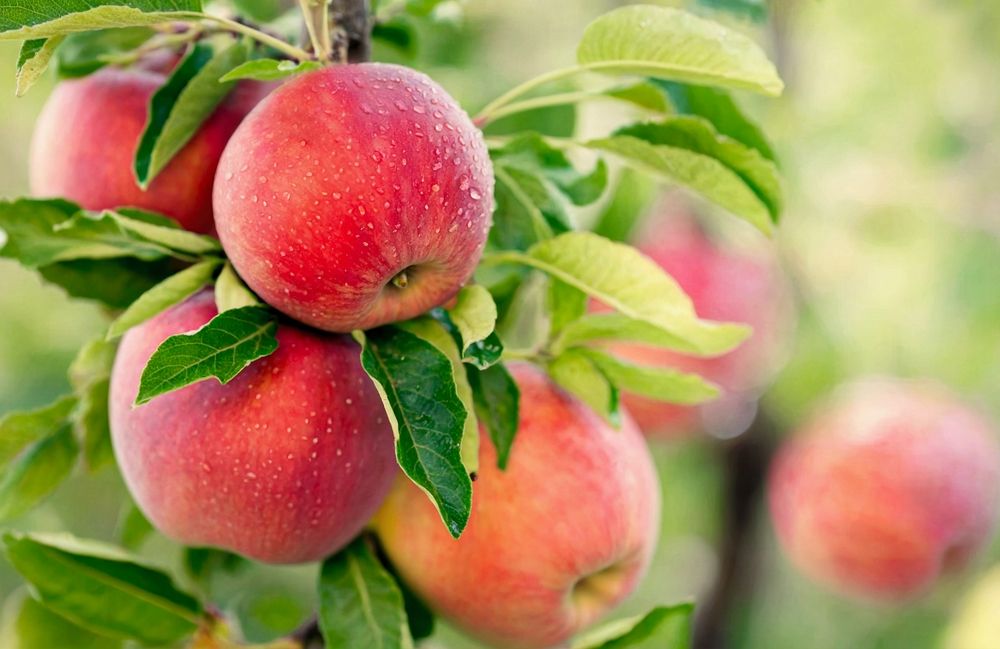
Pink Lady apples are popular worldwide, thriving in sunny regions like southern Europe, Australia, and Chile. These trees are among the first to bloom each year, yet the fruit is harvested late in the season.
The look: As the name suggests, these apples have a vibrant rosy pink hue that’s bright and appealing. The flesh of the one I tried had a slight brown tinge.
The taste: The Pink Lady had an earthy flavor and wasn’t particularly sweet. While juicy and fresh, it wasn’t bursting with flavor.
Honeycrisp
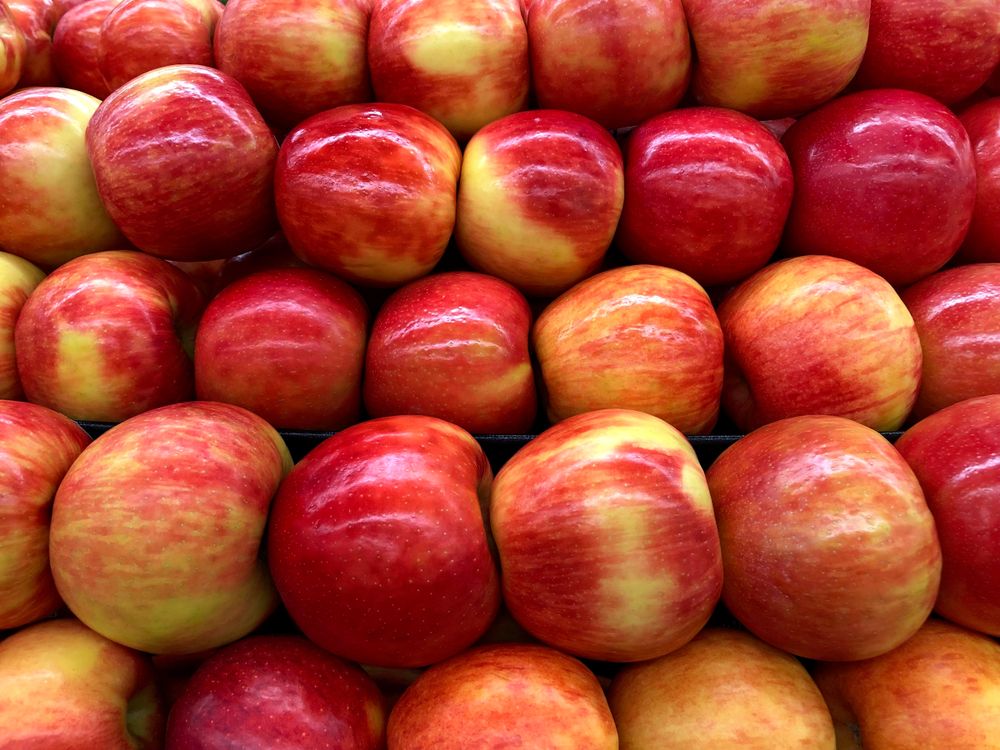
The name Honeycrisp has become synonymous with premium, high-priced apples. A cross between the Macoun and Honeygold varieties, it was developed at the University of Minnesota. According to its official website, Honeycrisp apples can be stored in the fridge for up to four months.
The look: The Honeycrisp I tried was the largest of the group. It’s a heavy, squat apple with yellow-green stripes over a mostly red backdrop. Light speckles dot the skin, and the flesh has a warm, honey-like color.
The taste: My Honeycrisp had a softer texture with a very honeyed, almost overly sweet flavor. It would be excellent for baking or making applesauce, especially when paired with milder varieties.
Kiku
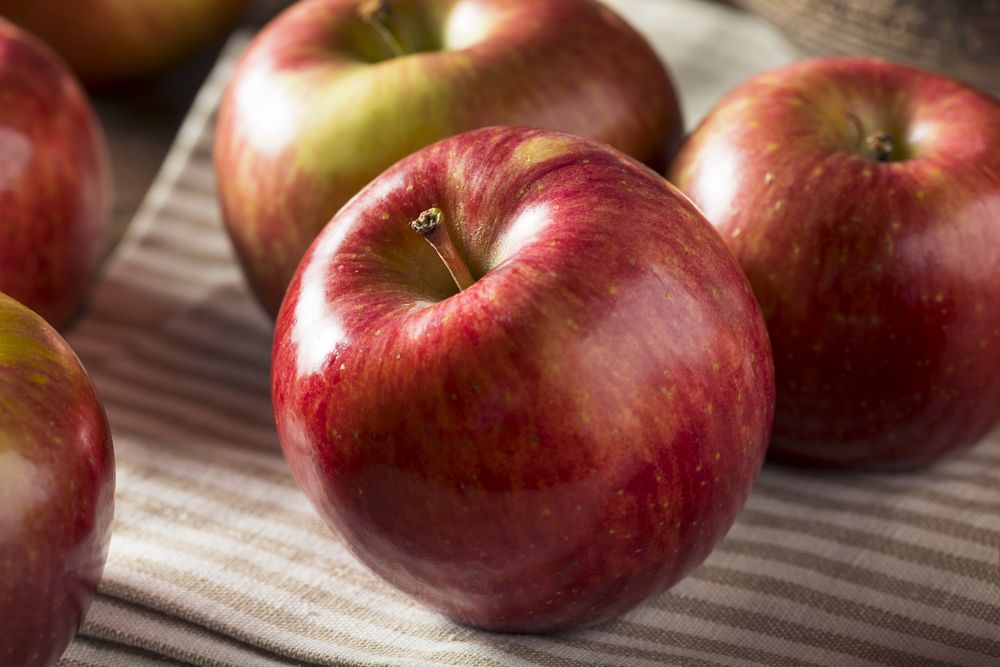
This apple was new to me. A descendant of the Fuji apple, the Kiku originated in Japan, was first introduced to Germany, and is now grown worldwide.
The look: The Kiku has a pleasing, round shape with attractive green and red striations. Its flesh is a light yellow.
The taste: The Kiku is mildly sweet with a high water content. It’s crisp and juicy, but not particularly bold in flavor.
Rave

This rosy red apple is a standout variety from Stemilt orchards in Washington State, a cross between Honeycrisp and MonArk apples from Arkansas. It's an early-season apple, available from August through September.
The look: Rave apples have a shiny, smooth skin with light pink and darker red stripes. The flesh is a striking snow-white.
The taste: Rave apples are sweet and perfect for snacking, with a mild flavor. However, their softer texture makes them less suited for baking or cooking.
SweeTango

SweeTango apples, first released in 2009, were created by crossing Honeycrisp and Zestar varieties at the University of Minnesota. They are now grown in the U.S. and Canada, including by Yes! Apples, and are available from mid-August through early December.
The look: SweeTango apples have a vibrant pink color with hints of yellow-green and light speckling across the skin.
The taste: This apple is strikingly tart and zesty, with a bright, citrusy flavor that softens as you chew. The flesh has a slight astringency that can feel drying, but the bold tartness keeps you reaching for another bite.
Cosmic Crisp
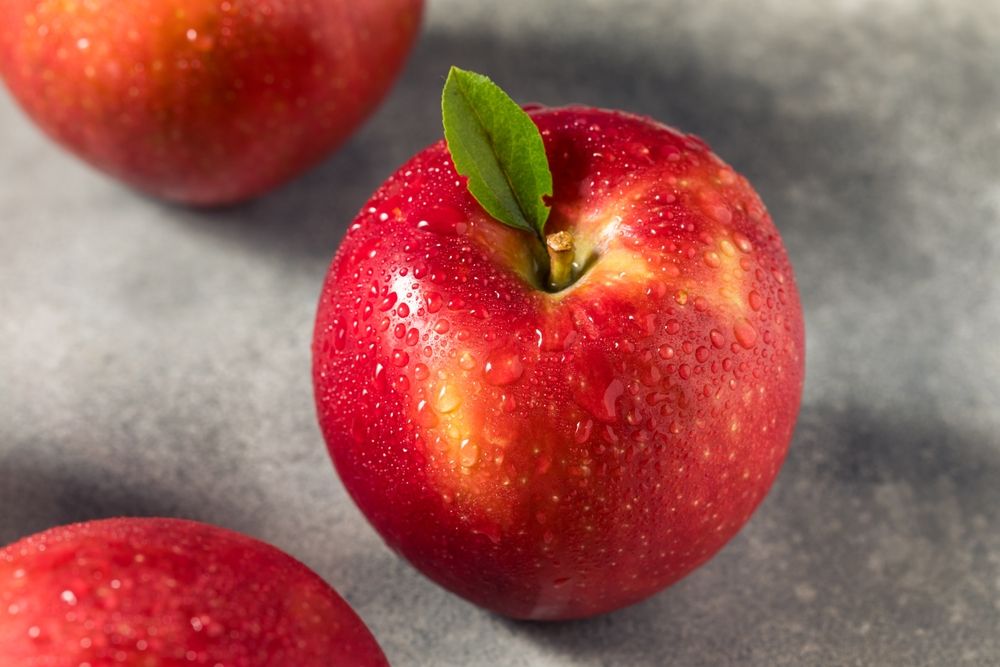
This apple was developed over 20 years at Washington State University, a cross between Honeycrisp and Enterprise apples, and was specifically bred to resist browning after being sliced.
The look: The Cosmic Crisp is a tall, narrow apple with reddish-brown, slightly striped skin and yellowish flesh.
The taste: It's incredibly crisp and juicy, with a mild flavor that strikes a balance—not too sweet or earthy. It's a great all-purpose apple, and its firm, crunchy flesh makes it durable and less likely to bruise, perfect for snacking on the go.
Gala

Galas, also known as Royal Galas, are a popular snacking apple. A cross between Golden Delicious and Kidd's Orange Red, they were developed in New Zealand and have become one of America’s favorite apples.
The look: Galas are striped with shades of pinkish-red and a touch of gold. They have a rounded shape, a green stem, and slightly greenish flesh.
The taste: This was one of the crunchiest apples I sampled. It has a mild, balanced flavor that's not too sweet, and its firm, crisp texture makes it a great candidate for baking, especially in pies.
Jazz

Jazz apples originated in New Zealand but are now grown worldwide. They are a cross between Braeburn and Gala apples.
The look: The Jazz apple I tried was one of the larger ones in the group. It has a tall shape with bright pinkish-red skin, speckled with yellow-green spots. The flesh is more porous and textured than other apples, with a distinct yellow hue.
The taste: This apple is sweet, vibrant, and pleasantly acidic. I enjoyed the refreshing, slightly astringent bite, though it did leave my mouth feeling a bit dry. Still, a Jazz apple makes for a great snack—just be sure to have some water nearby!
Paula Red
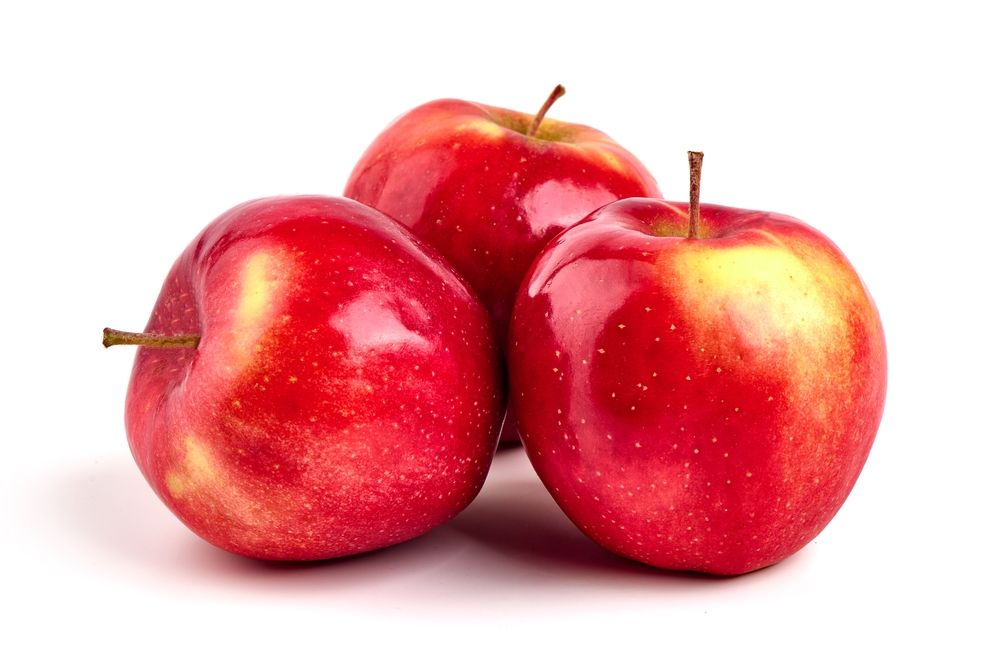
Paula Red apples are among the earliest to be harvested each year in the northern U.S., with the season starting in early August. They are believed to be related to McIntosh apples.
The look: Paula Reds are small and round, with a plump, squat shape. Their red skin is speckled with green patches, and the size is perfect for snacking—not too big or too small.
The taste: Paula Reds have a bright, juicy flavor with a hint of tartness, but they’re not overly sour. The texture is crisp enough for snacking, yet these apples would also make a deliciously tangy applesauce with some texture left intact.
Cortland
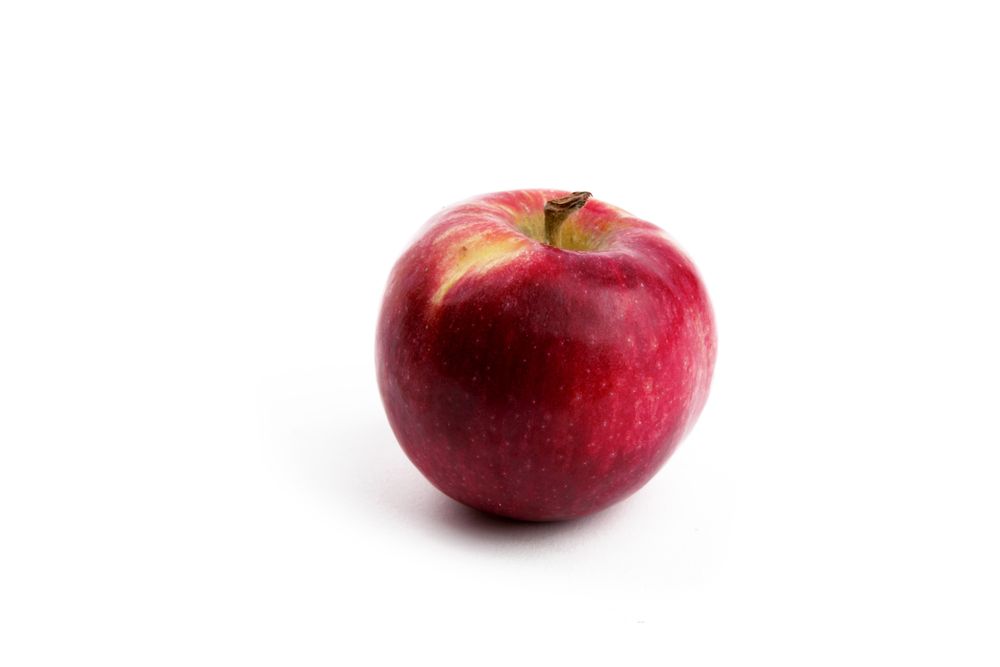
Cortland apples were first developed in New York in the late 1800s. They’re an early-season variety, with the first harvest typically occurring in mid-September.
The look: This apple is strikingly shiny, with a deep red color accented by blushes of neon green. The flesh is bright, crisp white.
The taste: Cortland apples offer the perfect balance of tartness and sweetness. They’re incredibly juicy and fruity, with just the right hint of astringency. They’re great in salads or as a snack, but they also make a fantastic filling for an apple pie.

